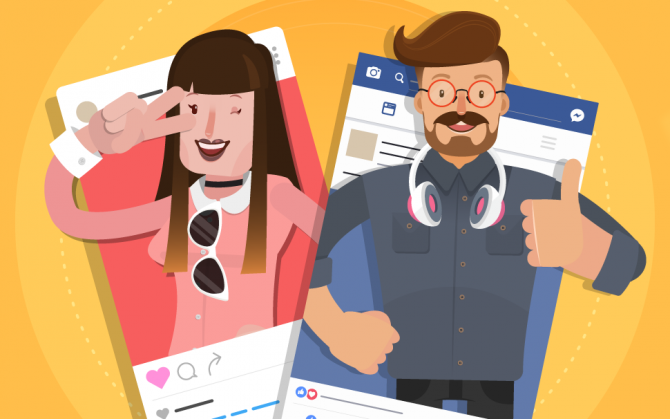
Web 2.0 technologies have allowed a shift from monologues, where users create and publish content, to dialogues. Value production has shifted from the firm to the consumer, and the power has shifted to the creative consumer.
Web 2.0 allows greater levels of participation, where one can more flexibly join interest groups and seek knowledge. In Web 2.1, content creation emerges over just content consumption. In this sense, increased user contribution emphasizes the use of dynamic content.
The Semantic Web can be seen as an extension of Web 2.0. It allows computers and people to work in collaboration, in a Universally accessible platform. The Web has provided the necessary technology for the emergence of User Generated Content (UGC).
User Generated Content (UGC)
Enabled by Web 2.0, User Generated Content has been changing the way people consume information. UGC can also be seen as the sum of all ways in which people make use of Social Media. It has been growing due to several factors such as technological drivers, economic drivers, as well as social drivers.
Social Media
Social media “is the product of Internet-based applications that build on the technological foundations of Web 2.0” (Berthon et al., 2012: 263) It can also be defined as where consumers share text, image and video information among themselves and with companies and vice-versa.
Social media networks create new opportunities for companies to collaborate with their customers in new and improved ways. Firms can gain value from joining social media networks if their customers engage with the company regularly. Customers add value when generating content and can even influence purchase decisions through word-of-mouth interactions.
Social media allow companies to forge relationships with both existing and new customers. For Carrera (2009), the companies’ marketing departments adapted themselves to the emergence of Web 2.0 and thus a fifth “P” joins the marketing mix – (product, price, placement, promotion) – the “participation” (Carrera, 2009). Thus, the consumer gained power and has become a “prosumer” (product + consumer) – the consumer has an increasingly important voice in the conception and evolution of the product.
Word-of-mouth and Electronic Word-of-mouth
Word of Mouth can be defined as “all informal communications directed at other consumers about the ownership, usage, or characteristics of particular goods and services” (Westbrook, 1987: 261). It can be positive or negative and may cause different reactions on the consumers. With the ever-increasing supply of communication channels, major changes in marketing communications have happened. Strategic Marketing is now recognizing the importance of online WOM, and managers face the challenge of understanding its implications.
E-WOM occurs between people who have little or no prior relationship with one another. It allows consumers to more comfortably share their opinions without revealing their identities. There are two particular forms of word of mouth – buzz and viral marketing. While buzz marketing generates excitement and creates notoriety through “outrageous means”, viral marketing encourages consumers to take action and effectively pass along information on the Internet.
Web 2.0 has changed communication in a dramatic way, as consumers can now easily talk to strangers and broadcast their opinion. Companies are also engaging in seeded WOM marketing campaigns, that is, they send product samples to a selected group of consumers and encourage them to try the product. Although online WOM can be tracked and monitored, companies cannot control online communication regarding their brand as well as they control it offline. Both positive and negative WOM occur regularly on the Internet.